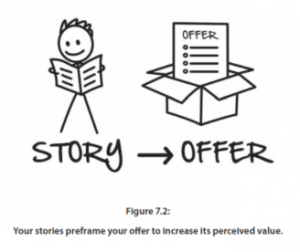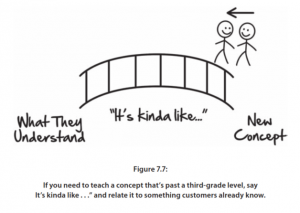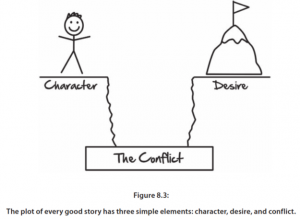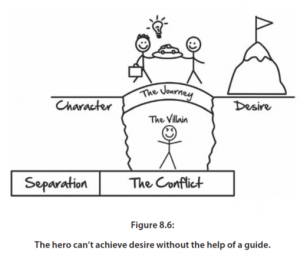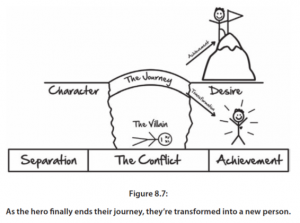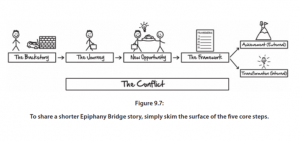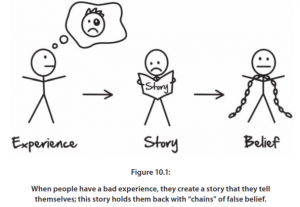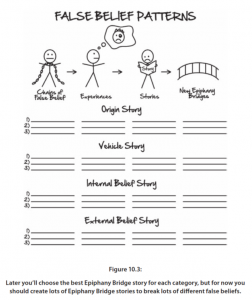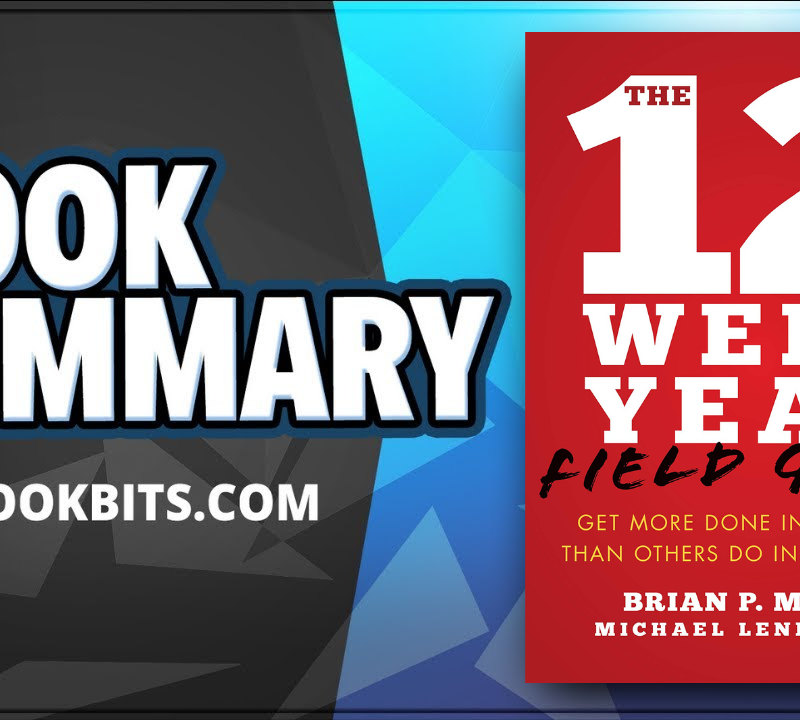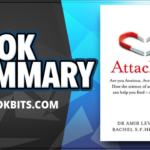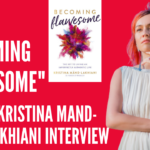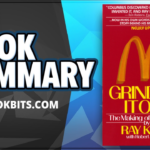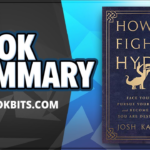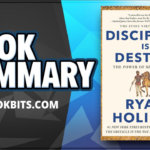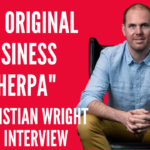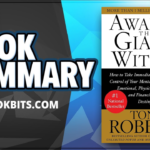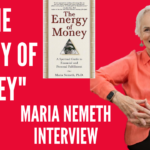STOP READING BY YOURSELF AND JOIN THE ‘BEST BOOK CLUB’ NOW HERE TO MEET AUTHORS AND NEW FRIENDS
STOP TRYING TO ACHIEVE YOUR GOALS BY YOURSELF AND BE COACHED TODAY HERE
DOWNLOAD THIS FREE PDF SUMMARY HERE
CHECK OUT THE FOLLOWING Book | Summaries | Course
YouTube |Spotify | Instagram | Facebook | Newsletter | Website
SECTION TWO CREATING BELIEF
If something wasn’t working in your funnel, it was always the hook, the story, or the offer. The hook is how you grab your dream customer’s attention, the story is how you build up the perceived value of what you sell, and the offer is what you are selling. I then showed how each page in your funnel has a hook, a story, and an offer: your ads, emails, social media posts, blog posts, podcast episodes, landing pages, sales pages, upsell pages, and more. Everything you put into the world has these three elements, and if something is not working, it’s always either your hook, your story, or your offer.
Here are a few things we have done to increase the perceived value of our offer so far: we changed what we sell from an improvement offer to a new opportunity.
We developed proprietary frameworks that are unique to us.
We created our own category inside the marketplace where we can become the category king.
We packaged our frameworks in different ways to increase the value.
We gave our people a future-based cause they believe in.
We brought them into our tribe.
We helped them have an identity shift that will allow them to feel part of our community.
Use story as a preframe that will increase the perceived value of the actual offer.
SECRET #7 THE EPIPHANY BRIDGE
Your goal isn’t to try to sell anyone anything. Your goal is to guide them to their own decision.
If you want people to adopt a new concept and want to get their buy-in, you have to lead them to the answer, but you can’t give it to them. They have to come up with the idea themselves. You plant the idea in their minds with a story, and if they come up with the answer, they will have sold themselves. The buying decision becomes theirs, not yours. When that happens, you don’t have to sell them anything.
So what is an Epiphany Bridge? It’s simply a story that takes people through the emotional experience that got you excited about the new opportunity you’re presenting.
Your epiphany is the aha moment when you learned about your new opportunity.
Your epiphany sets you on a journey to learn everything you can about the new opportunity.
In your journey, you gain so much knowledge that usually when you try to talk to others about your new opportunity, you speak in techno babble and they get confused.
You have to convince them emotionally first before they’ll be excited by your logic.
People don’t buy logically, they buy based on emotion. Then they use logic to justify the purchase decision they’ve already made.
Logic doesn’t sell. Emotions sell.
To create those emotions, you have to go back and remember what it was that gave you the epiphany that caused you to believe in the new opportunity. That story-your Epiphany Bridge story –provides the emotional connection and bridges the gap from the emotional to the logical side.
“What was the core Epiphany Bridge story that made you believe in the new opportunity that you are sharing with others?”
Oversimplification: The first key to telling captivating stories is oversimplification. When you’re telling stories, you need to speak at about a third-grade level.
“Kinda like” bridge
SECRET #8 THE HERO’S TWO JOURNEYS
STOP READING BY YOURSELF AND JOIN THE ‘BEST BOOK CLUB’ NOW HERE TO MEET AUTHORS AND NEW FRIENDS
STOP TRYING TO ACHIEVE YOUR GOALS BY YOURSELF AND BE COACHED TODAY HERE
DOWNLOAD THIS FREE PDF SUMMARY HERE
CHECK OUT THE FOLLOWING Book | Summaries | Course
YouTube |Spotify | Instagram | Facebook | Newsletter | Website
Almost all successful stories throughout time followed a 17-stage framework.
In 1949, Campbell wrote a book detailing his findings called The Hero with a Thousand Faces. In it, he laid out his 17-stage story framework, which he called the “The Hero’s Adventure”:
- The Call to Adventure.
- Refusal of the call
- Supernatural Aid: Magical helper appears or becomes known
- Crossing the First Threshold: Hero leaves their known world and ventures into the unknown
- Belly of the Whale: Final stage of separation from the known world
- The Road of Trials: Hero must pass a series of tests to begin transformation
- Meeting with the Goddess/Love: Hero experiences unconditional love
- Temptation: Hero faces temptation that will distract from their ultimate quest
- Atonement with the Hero’s Father: Hero must confront the person who holds ultimate power in their life
- Peace and Fulfillment before the Hero’s Return: Hero moves to a state of divine knowledge (usually through some form of death)
- The Ultimate Boon: Achievement of goal
- Refusal of the Return: Having found bliss and enlightenment in the other world, hero may be reluctant to return
- Magic Flight: Sometimes the hero has to escape with the boon
- Rescue from Without: Sometimes the hero needs a rescuer
- Return: Hero retains wisdom gained on their quest and integrates it into human society by sharing their wisdom with the world
- Master of Two Worlds: Hero achieves balance between the material and spiritual (inner and outer world)
- Freedom to Live: Free from fear of death, hero lives in the moment without concern for the future or regrets of the past
Christopher Vogler book The Writer’s Journey.
Vogler popularized calling the process “The Hero’s Journey,” and his simplified story framework has just 12 stages:
- The Ordinary World
- The Call to Adventure
- Refusal of the Call
- Meeting the Mentor
- Crossing the First Threshold
- Tests, Allies, Enemies
- Approach the Innermost Cave
- The Ordeal
- The Reward
- The Road Block
- The Resurrection
- Return with the Elixir
While Campbell and Vogler talked about the hero’s journey of achievement, Hauge brought to light the fact that inside every great story is an even more important second journey: the journey of transformation.
The Plot: Character, desire, conflict
Every good story is about a captivating character who is pursuing some compelling desire and who faces seemingly insurmountable obstacles to achieving it. That’s it. If you’ve got those three things, then you’ve got a good story.
Build rapport with the hero: If we don’t build rapport with the hero in the story, then no one cares what else happens to them on their journey.
Introduce the desire: Every story is about a journey either toward pleasure or away from pain.
Phase #2: The Journey, the Conflict, and the Villain
Phase #3: The Mentor/Expert Guide
Phase #4: The Achievement
This last phase is where the hero finished their journey. Sometimes heroes get what they have been trying to achieve throughout the story, and oftentimes they don’t.
Who have they become and how have they evolved? This journey is the death of their old identity, and their rebirth as a new person. This invisible journey is the real journey that our hero has been on the whole time.
Christopher Vogler said, “As you listen…..to anyone’s ideas…..you’ll find Oh, there’s a useful idea, and That’s right, I agree with that, and That, oh, I never thought of that before. But at some point….you make up your own [ideas] and you create your own lingo, your own shared language with the people that you work with….Absorb it, take notes, and pull out a piece here and there that sounds right to your observation of the world. This is all about how you perceive things as an artist, so you’ve got to make it your own.”
SECRET #9 THE EPIPHANY BRIDGE SCRIPT
The Epiphany Bridge five-step framework
Phase #1: The Backstory
What is your BACKSTORY that gives us a vested interest in your journey?
What is the DESIRE or result that you want to achieve?
External: What are your external desires?
Internal: What are your internal desires?
What are the OLD VEHICLES that you tried in the past to get this same result that didn’t work for you?
Phase #2: The Journey
What was THE CALL or the reason that made you start on this journey?
Who or what is THE VILLAIN that is keeping you from having success?
WHAT will happen if you don’t have success on this journey?
Phase #3: New Opportunity
Who was the GUIDE who gave you the epiphany?
What was the EPIPHANY you experienced?
What is the NEW OPPORTUNITY you created from this epiphany?
Phase #4: The Framework
What is the STRATEGY or frameworks you developed to get you to the desire you wanted to achieve?
What were THE RESULTS you got by following the frameworks?
What were OTHERS’ RESULTS from following your frameworks?
Phase #5: Achievement and Transformation
WHAT end result did you accomplish or achieve? (External Desires)
HOW did you transform during your journey? (Internal Desires)
The goal of good stories is to break old belief patterns and rebuild them with new ones.
THE 30-SECOND EPIPHANY BRIDGE SCRIPT
SECRET #10 THE FOUR CORE STORIES
Rewrite the story that’s inside of people’s heads.”
Tony Robbins once said, “Every day we tell ourselves stories. We create stories to give meaning to our lives, to justify what we want to experience or feel, and to give ourselves a framework upon which to build future stories.”
The stories you believe will form your identity and shape the direction of your life. If you change the stories you believe, you can create an identity shift and change the direction of your life.
Identity the false beliefs and false stories our customers are telling themselves — the ones that are keeping them from success —and to rewrite these stories inside their minds.
How we rewrite their story
The first thing you have to understand is how people write their stories and create their beliefs. It all starts with an experience that happened in their life. It could be positive or negative, but immediately after they have that experience, their mind quickly creates a story about what that experience meant. Their brain then takes the story they’ve created and it becomes a belief.
Now, depending on the experience and the story, that belief may serve and protect them, or it may create a false belief that keeps them from what they really want. These belief systems form the foundations for our lives. We create these beliefs to keep us safe and to safeguard our status. And while they’ve been developed to protect us, oftentimes they’re also the things that keep us from progressing in our lives.
The four core stories
Your origin story with the new opportunity
Vehicle framework story (how you learned or earned it.
Internal beliefs story
External beliefs story
Building a story inventory
Step #1 – Chains of false belief: In the left column, list all the false beliefs your customers might have related to your new opportunity, followed by the vehicle frameworks, their internal false beliefs, and their external false beliefs. I have three lines for each category, but I’d suggest writing down dozens of false beliefs about each one.
Step #2 – Experiences: Next to each false belief that you listed, write out what type of experience they may have gone through that gave them that false belief.
Step #3 – Stories: Next to each experience, write down the story that the experience created in their mind. It’s important to know exactly what story they are telling themselves so you can rewrite it with a new Epiphany Bridge story.
Step # 4 – New Epiphany Bridges: Think about your own Epiphany Bridge story for each of these false beliefs. What happened to change that belief for you? As you build out these steps for your customers, you’ll notice that you had mostly the same beliefs, experiences, and stories.
Each of your stories will break your dream customer’s false beliefs and rebuild new beliefs.
STOP READING BY YOURSELF AND JOIN THE ‘BEST BOOK CLUB’ NOW HERE TO MEET AUTHORS AND NEW FRIENDS
STOP TRYING TO ACHIEVE YOUR GOALS BY YOURSELF AND BE COACHED TODAY HERE
DOWNLOAD THIS FREE PDF SUMMARY HERE
CHECK OUT THE FOLLOWING Book | Summaries | Course
YouTube |Spotify | Instagram | Facebook | Newsletter | Website

